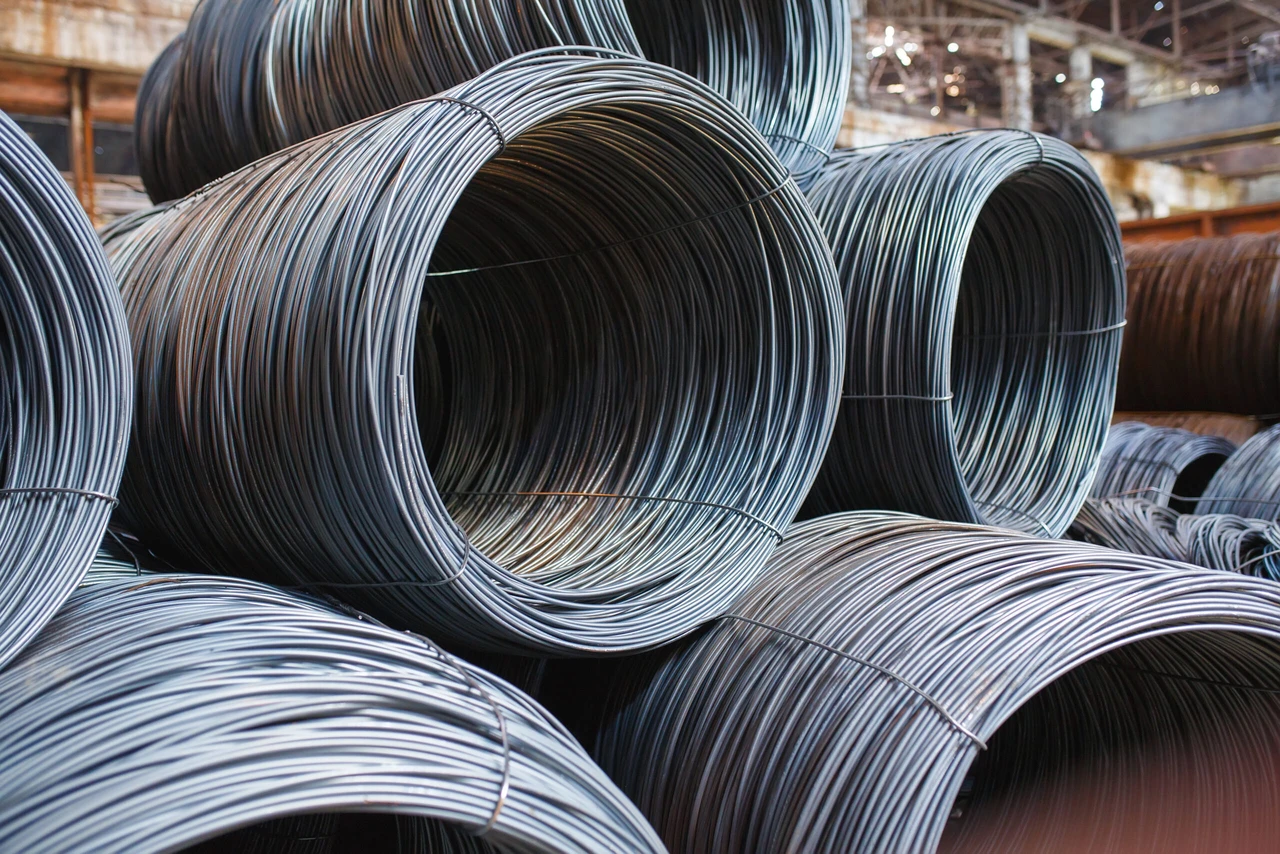Russian gas deliveries via TurkStream set new record
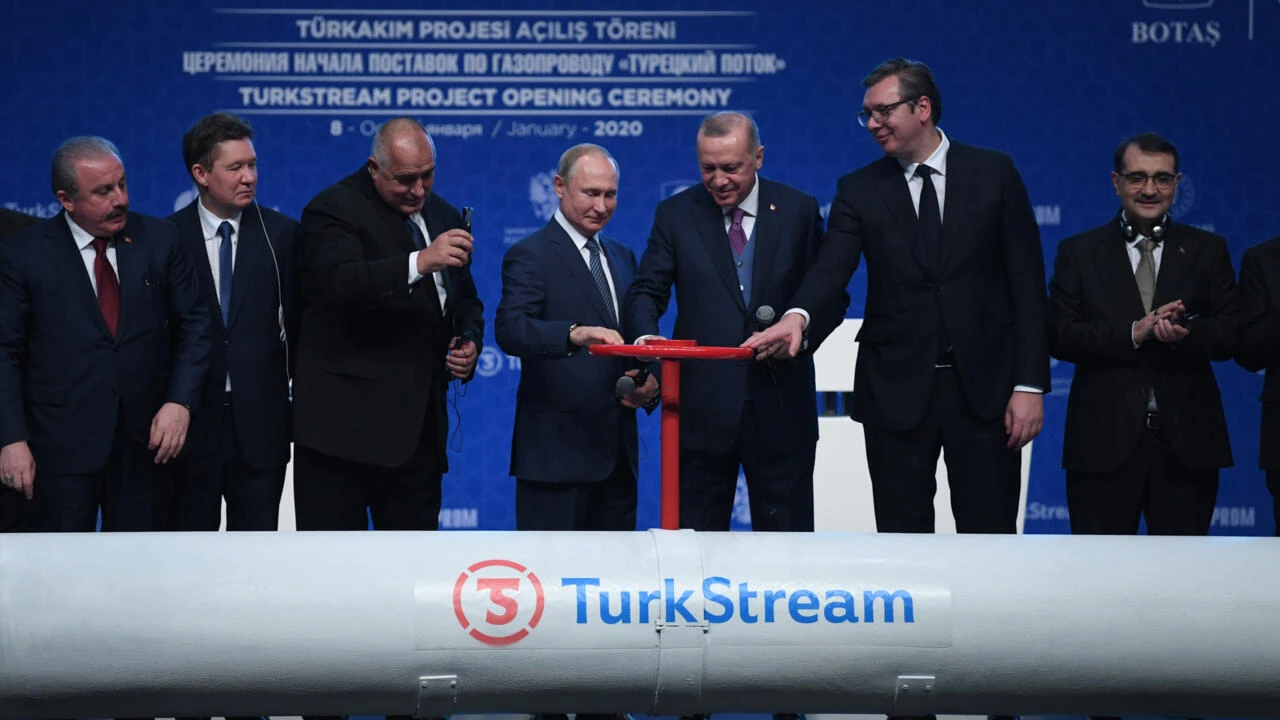 The presidents of Russia (C) and Türkiye (3rd from R) inaugurated the TurkStream pipeline in 2020. (AFP Photo)
The presidents of Russia (C) and Türkiye (3rd from R) inaugurated the TurkStream pipeline in 2020. (AFP Photo)
Russian gas supplies to Europe via the TurkStream pipeline reached an all-time high last week, according to calculations by Russian media outlet TASS based on data from the European Network of Transmission System Operators for Gas (ENTSOG).
The data shows that from Feb. 3 to 9, gas transmission through the Strandzha-2 compressor station at the Türkiye-Bulgaria border exceeded 390 million cubic meters, marking the highest weekly volume since the pipeline’s launch in January 2020.
The previous record was set last month, with 376 million cubic meters transported between Jan. 13 and 19.
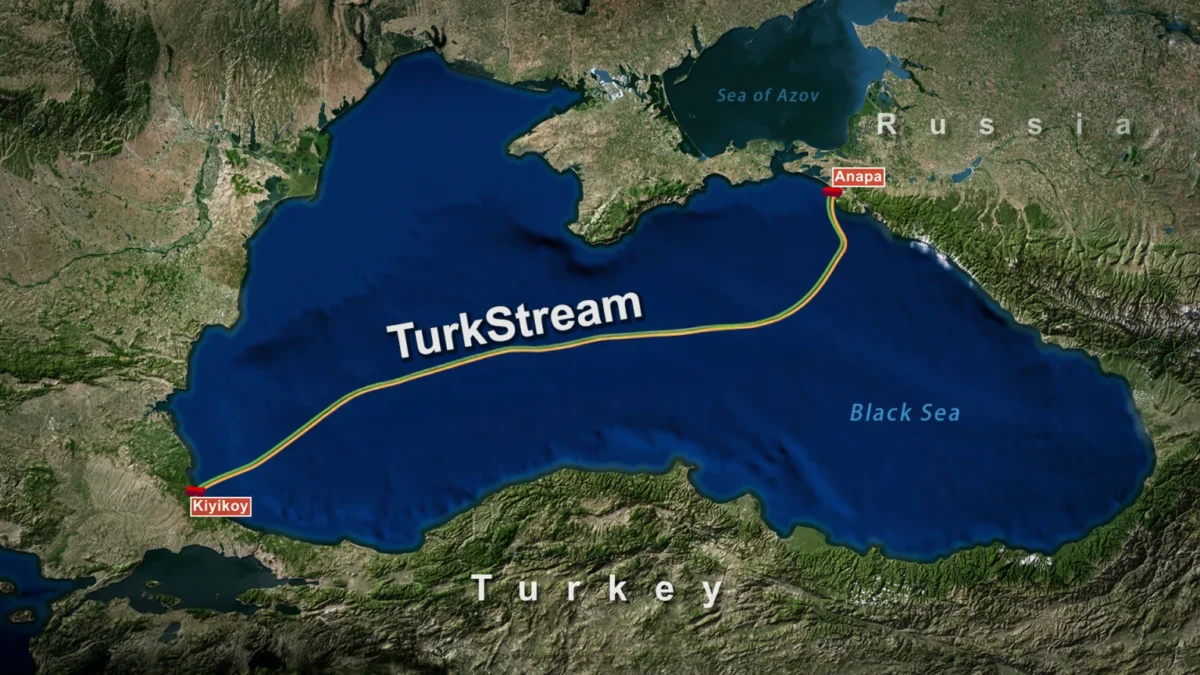
Daily supply peaks and record-breaking deliveries
The report also highlighted multiple instances of record daily gas flows through the pipeline during the past week. On Monday, the daily delivery volume reached a new high of 56.7 million cubic meters.
TurkStream, a natural gas pipeline that runs from Russia to Türkiye across the Black Sea, has an annual capacity of 31.5 billion cubic meters and is designed to supply gas to Türkiye and countries in Southern and Southeastern Europe.
Following the cessation of Russian gas transit through Ukraine, it remains the last active route for Russian gas exports to Europe.
The pipeline originates from the Russkaya compressor station near Anapa, Russia, and extends into Türkiye before continuing toward European destinations.
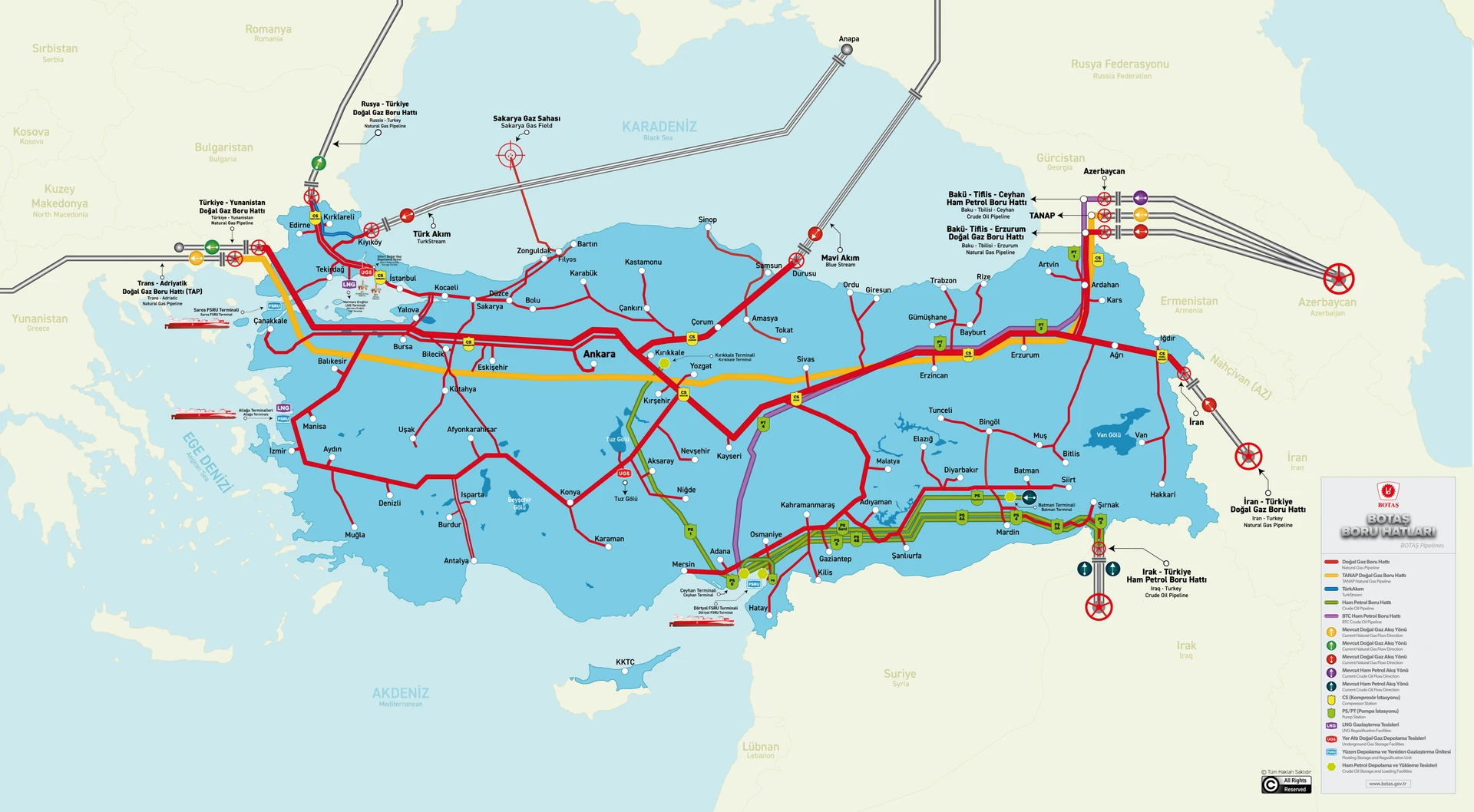
Record monthly and annual growth in gas supply
According to previous ENTSOG data cited by TASS, Russian gas supplies to Europe via TurkStream reached a record 1.56 billion cubic meters in January 2024.
For the year, gas transit through the pipeline has surged by 23%, totaling 16.7 billion cubic meters. Of this amount, a record 7.6 billion cubic meters were delivered to Hungary.
On Jan. 27, Budapest secured assurances from Brussels regarding energy security guarantees. The commitments included efforts to restore Russian gas transit through Ukraine, maintain the flow of Russian oil via the Druzhba pipeline, and protect TurkStream from potential disruptions.
In exchange, Hungary agreed to extend EU sectoral sanctions against Russia for another six months beyond the Jan. 31 deadline.
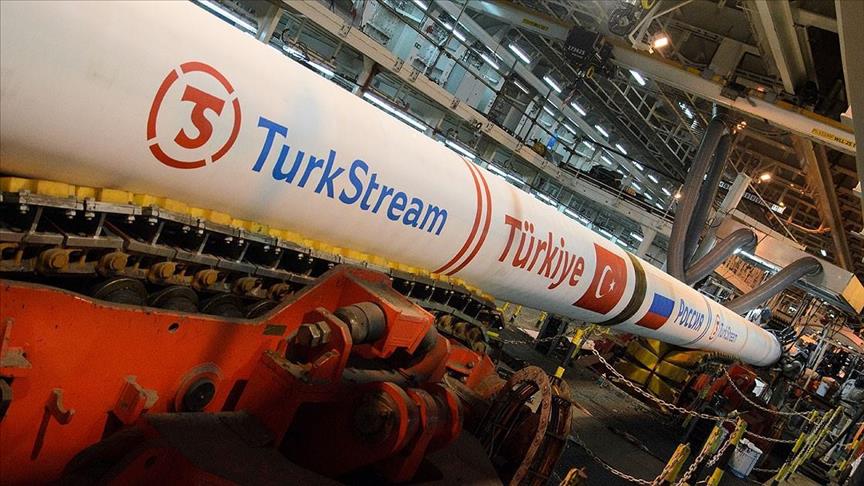
TurkStream’s role in Europe’s energy security
With the European energy landscape evolving, TurkStream has emerged as a critical component in ensuring stable gas supplies to key European markets.
The sustained increase in gas flow highlights the pipeline’s importance amid shifting geopolitical dynamics and ongoing energy discussions within the European Union.
The TurkStream pipeline spans 930 kilometers (580 miles) under the Black Sea, running from Russia’s Anapa to Kiyikoy in northwestern Türkiye. From there, it connects to overland pipelines that transport gas through the Balkans into Europe, supplying Hungary, Slovakia’s southern neighbor.
Slovakia‘s reliance on Russian gas remains a critical issue, particularly as other European Union members seek to reduce dependence on Russian energy.
State energy company BOTAS’ former General Manager Gokhan Yardim, speaking to Türkiye Today, said: “The expiration and non-renewal of the contract for transporting Russian gas via the pipeline through Ukraine have brought forward the possibility of transporting 15 billion cubic meters of gas annually through TurkStream.”
“The gas previously transported via Ukraine supplied countries including Slovakia, Hungary, Austria, the Czech Republic, and even Italy. When it became clear in 2024 that this agreement would not be renewed, countries other than Slovakia and Hungary, primarily Germany and others in Western and Southern Europe, began developing alternative gas supply options. Hungary turned to TurkStream, while Croatia attempted to extend the Ukraine transit agreement. However, the failure to renew the agreement left Croatia in a difficult position.”


